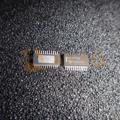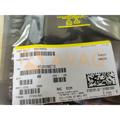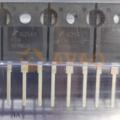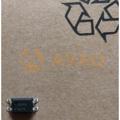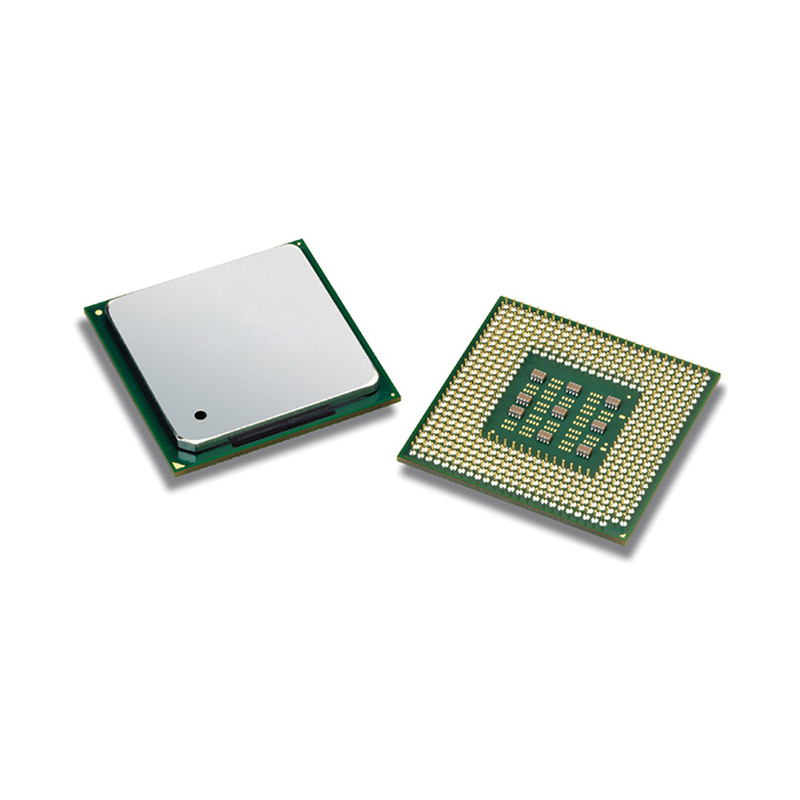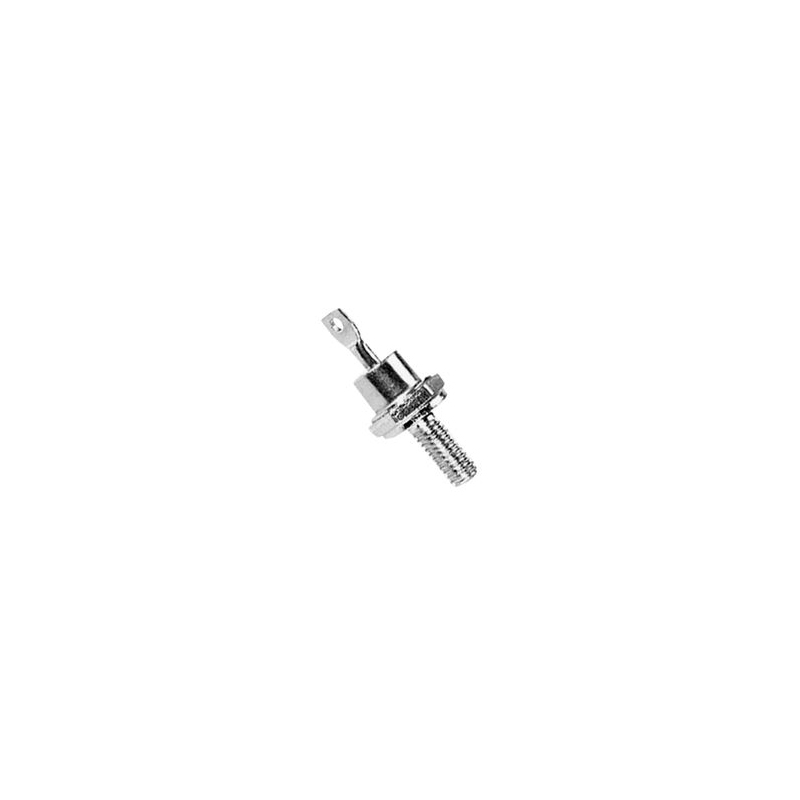Splicing Screen vs. LED Display: Differences and How to Choose 2023
 Published: Apr 26, 2023
Published: Apr 26, 2023
Contents
In many large screen display products, LCD splicing screen and led display are two more common products, both similarities and differences, so, what are the differences between LCD splicing screen and led display?
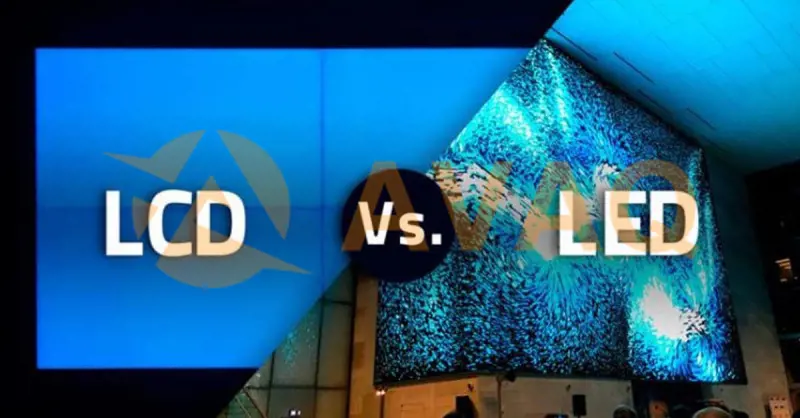
Part 1. What is the LCD Splicing Screen
LCD splicing screen in the usual sense refers to the use of LCD technology composed of LCD splicing screen, its technical principle and the same TV, except that it has a splicing function, and the surrounding bezel is very narrow, so you can splice multiple screens into a large screen use.
According to the different use requirements, to achieve variable large can also be changed to a hundred different large screen function: single screen split display, single screen alone, any combination of display, full-screen LCD splicing, double splicing LCD screen splicing, vertical screen display, image border optional compensation or masking, support digital signal roaming, scaling and stretching, cross-screen display.
LCD Splicing Screen Features
The contemporary LCD splicing screen body mainly uses TFT (ThinFilmTransistor) technology as the underlying drive technology to achieve high speed, high brightness, high contrast, color reproduction, wide viewing angle display effect.
In terms of display technology, TN screen, IPS screen, CPA screen, PVA screen and MVA screen are often used, of which TN screen is widely used and the cheapest, the disadvantage is that the perspective is small and pseudo-color, which has a modified version of TN + film screen.
The main difference between these screens is the contrast, perspective, color performance and response speed and other display details, it should be said that each has its own strengths. Among them, IPS (hard screen), has a better overall display effect, with a high viewing angle, fast response time, accurate color reproduction and other advantages, the disadvantage is more serious light leakage, black purity is not enough.
Part 2. What is LED Display
LED display is a flat panel display that consists of a small LED module panel, used to display text, images, video and other information of various devices.
LED electronic display integrates microelectronics technology and computer technology, with the advantages of bright colors, wide dynamic range, high brightness, long life and reliable work. LED display is widely used in commercial media, stadiums, news release, securities trading, etc. It can meet the needs of different environments.
Part 3. The Differences between LCD Splicing Screen and LED Display

1. Display technology
LCD splicing screen using LCD backlight technology, its display technology and home TV set, but the resolution is usually 1920 * 1080, the current home TV set has reached 3840 * 2160.
LED display is light-emitting diode technology, the use of three primary color lamp beads chip encapsulated into a pixel display, we are common traffic lights, billboards, etc. are the use of LED display.
2. The difference in clarity
LED display integrated its resolution is lower, although the small pitch products will perform better, but still does not have the advantage when compared with the LCD splicing screen. This is because it is composed of one lamp beads, so the resolution and its lamp spacing, if you look at the top of the screen will have a sense of grain, the font will be composed of a small square, which is the reason for the low resolution.
LCD splicing screen resolution is high, the resolution of a single screen can reach 1920 * 1080, and the resolution can be stacked, so we can see that the LCD splicing screen above the image displayed more clearly.
3. The difference between the spacing
The advantage of the LED display is no seam, unlike the LCD splicing screen as a black edge, it is very complete after splicing the whole screen, better integrity. But the LCD splicing screen between the two screens will have a splice, ranging from a few millimeters, the smallest up to 0.88mm, in the display screen will be slightly affected.
4. The application scene difference
LCD splicing screen with its own technology, mainly used in the requirements of high-definition display, can achieve splicing, splitting and other functions of the field, such as product exhibition halls, conference rooms, news broadcasters, monitoring centers, etc LED is mainly used in outdoor squares, shopping malls, conference halls and other areas for long-distance viewing.
5. The installation environment difference
As the LCD is not waterproof, so it is mainly used indoors, while LED can be applied in a variety of occasions, both indoor and outdoor are available.
LCD splicing screen and LED display is mainly the above differences, that is, there are technical differences in the display effect, so the difference is still relatively large. When you choose the display device, you can choose according to the use, viewing distance, installation occasions and other criteria to choose. If you do not know which product to choose, you can directly consult the technical staff of Jingxin Technology, will give you a specific plan.
Part 4. How to Choose the Right Large Screen Display Solution [HOT!]
LCD splicing screen and LED splicing screen are two of the more common programs in the current large display market, each with its own advantages and disadvantages. In choosing the right large screen display solution for yourself, you can consider the following aspects:
1. Display effect: LCD splicing screen usually has a higher resolution and more realistic color reproduction ability, suitable for displaying high detail requirements, color requirements of the real scene; and LED splicing screen brightness and contrast ratio is higher, suitable for use in brighter light environment.
2. Specifications and size: LCD splicing screen specifications and sizes are usually more flexible, can be spliced as needed, suitable for use in space-constrained scenes; while LED splicing screen specifications and sizes are usually more fixed, suitable for use in large venues or outdoor scenes.
3. The stability and reliability of the display effect: LCD splicing screen display effect is relatively stable and reliable; while the LED splicing screen has a longer life, better seismic performance, and higher reliability.
4. Investment costs: LCD splicing screen is usually cheaper, suitable for small venues or lower demand users; while LED splicing screen is usually more expensive, suitable for large venues or higher demand users.
 FAQ
FAQ
- What are the typical applications for an LED display?
- LED displays are commonly used in outdoor advertising, stadiums, public transportation systems, and digital signage, where brightness and visibility are important factors. They are also used in indoor environments, such as concert venues and convention centers.
- What are the typical applications for an LCD splicing screen?
- LCD splicing screens are commonly used in control rooms, broadcast studios, shopping malls, and conference rooms, where large displays with high resolution and color accuracy are needed.
- What are the advantages of an LED display?
- LED displays are brighter than LCD splicing screens, making them ideal for outdoor use and in bright environments. They are also more energy-efficient and have a longer lifespan than LCD splicing screens.
- What are the advantages of an LCD splicing screen?
- LCD splicing screens offer high resolution, excellent color accuracy, and wide viewing angles. They are also modular, allowing for easy customization and replacement of individual panels if needed.
 Popular Industry Focus
Popular Industry Focus
Hot Products
-
![NCV7720DQR2G]()
NCV7720DQR2G
ON
Half bridge driver for motor, motion, and ignition control
-
![NTJD4158CT1G]()
NTJD4158CT1G
onsemi
Dual N & P-Channel 30/20V 1.5mOhm 270 mW Small Signal MOSFET SOT-363
-
![FCH104N60F]()
FCH104N60F
ON
Power MOSFET, N-Channel, SUPERFET® II, FRFET®, 600 V, 37 A, 104 mΩ, TO-247
-
![FOD817AS]()
FOD817AS
onsemi
4-Pin DIP Phototransistor Optocouplers
-
![FDS2734]()
FDS2734
onsemi
N-Channel UItraFET Trench® MOSFET 250V, 3.0A, 117mΩ
-
![NUF2101MT1G]()
NUF2101MT1G
Onsemi
EMI Filtering Solution with Built-in ESD Protection for Downstream Applications"
Related Parts
-
![Hi3516CV300]()
Hi3516CV300
Hisilicon
-
![SKY77615]()
SKY77615
SKYWORKS
Amplifier
-
![H28S7Q302BMR]()
H28S7Q302BMR
SKHYNIX
-
![S3C2510A01L]()
S3C2510A01L
SAMSUNG
-
![PMP8074]()
PMP8074
QUALCOMM
-
![MSM6100]()
MSM6100
QUALCOMM
-
![BCM94330LGA]()
BCM94330LGA
BROADCOM
Dual-band WI-FI module supports dual-band Bluetooth part supports BT network card
-
![BCM47734IUBG]()
BCM47734IUBG
BROADCOM
-
![AMD-K6-2/333AFR]()
AMD-K6-2/333AFR
XILINX
RISC Microprocessor, 32-Bit, 333MHz, CMOS, CPGA321, STAGGERED, CERAMIC, PGA-321
-
![AM7310ITJ44JB]()
AM7310ITJ44JB
AMD
-
![SD1A160]()
SD1A160
Diodes Inc
SIDACS 0.9 AMPERES RMS 120 THRU 240 VOLTS


 Update Time: Apr 26, 2023 Consumer Electronics
Update Time: Apr 26, 2023 Consumer Electronics